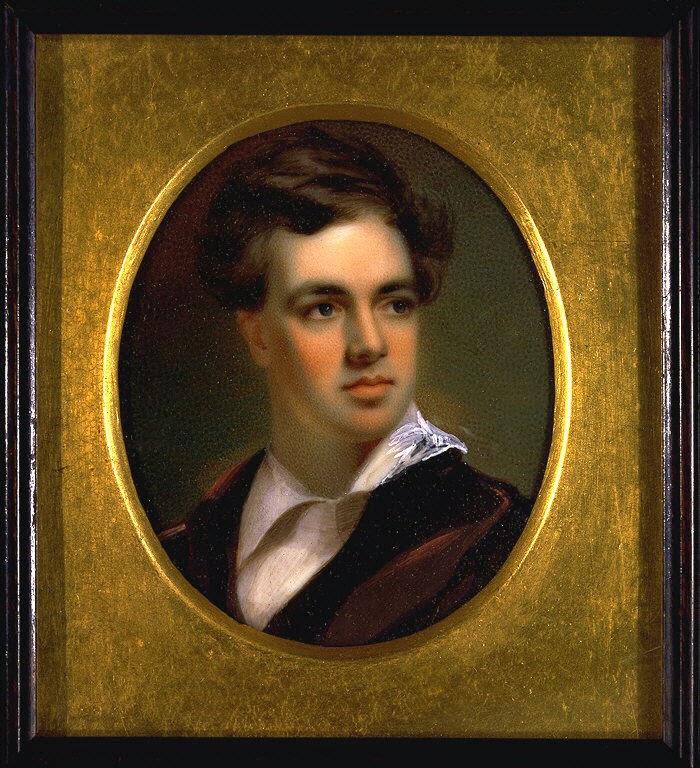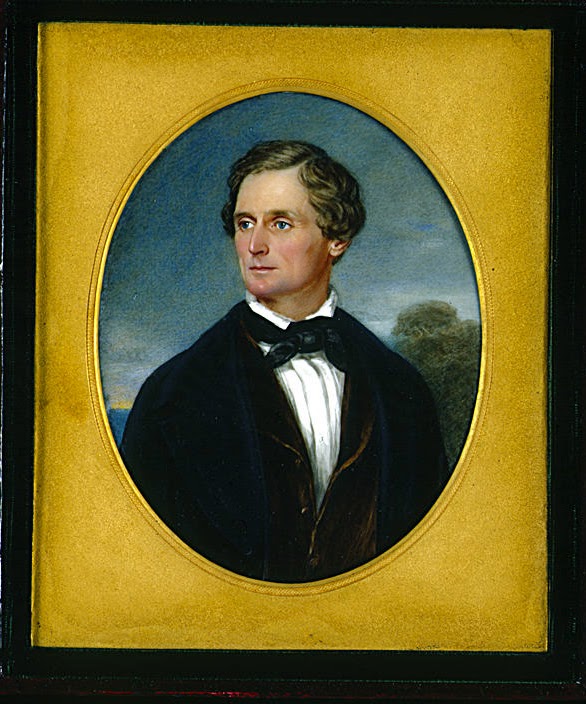This October, the Smithsonian Collections Blog is celebrating American Archives Month with a month-long blogathon! We will be posting new content almost every weekday with the theme Discover and Connect. See additional posts from our other participating blogs, as well as related events and resources, on the Smithsonian’s Archives Month website.  |
| In the Foodways and Home Life area of the African Immigrant Culture in Metropolitan Washington, D.C., program, African cooks prepare traditional meals and talk about how food plays an important role in affirming ethnic identities at the 1997 Smithsonian Folklife Festival. Smithsonian Folklife Festival Records, Ralph Rinzler Folklife Archives and Collections, Smithsonian Institution. |
Unfortunately, I'm no jetsetter, so I get my kicks in my own Washington, D.C. Fortunately, I work at the Center for Folklife and Cultural Heritage, the unit that puts on the Smithsonian Folklife Festival every summer on the National Mall, and for two beautiful and scorching weeks every year I make my way down to the foodways tents to learn how to make something new. As an archivist, I can easily look through extensive documentation of these demonstrations from past Festivals: from the very beginning, the organizers of the Folklife Festival knew that food is one of the most meaningful ways humans can connect to each other.
 |
| Jodie Kassorla, presented by Michael Twitty, demonstrates Sephardic Jewish food traditions in the program Washington, D.C.: It’s Our Home at the 2000 Smithsonian Folklife Festival. Photograph by Christine Parker, Smithsonian Folklife Festival Records, Ralph Rinzler Folklife Archives and Collections, Smithsonian Institution. |
In his introduction to the Smithsonian Folklife Cookbook, Ralph Rinzler, the namesake of our archives, says,
He also spoke of foodways in the 1971 Festival of American Folklife program book as "the more persistent of cultural traits, lasting among the descendants of immigrants long after language, song, dance, religious and secular rituals have been eradicated or thoroughly diluted." In his introduction to the 1992 Festival of American Folklife Cookbook, James Deutsch, a curator at the Center for Folklife of Cultural Heritage, expands upon this idea:The fact is, food is still one of the important ways in which people indicate that a guest is welcome in their home. In the Appalachians, Ozarks, Cajun country, Native American communities, and inner-city cultural enclaves, carefully prepared food invariably reaffirms the other assurances that you are welcome.
To be sure, this does not mean that foodways are forever fixed. Like other forms of traditional behavior, foodways adapt to modern technologies and changing environments as they are passed from generation to generation and from group to group. But their persistence and durability are remarkable.
 |
| A participant in the program Migration to Metropolitan Washington: Making a New Place Home grinds corn in a metate at the 1988 Festival of American Folklife. Photograph by Laurie Minor, Smithsonian Folklife Festival Records, Ralph Rinzler Folklife Archives and Collections, Smithsonian Institution. |
The Smithsonian Folklife Festival has incorporated foodways into its programming since 1968. Every year since, the foodways programming has welcomed the public to discover and connect to food traditions from all over the world. In looking at the documentation and other materials created for the Festival over the years, I gravitated towards the times when the D.C. metropolitan area was celebrated for both its Mid Atlantic-flavored regional cuisine as well as its thriving immigrant cuisine. The Festival has presented DC-centric programming a handful of times over the years, as well as programming featuring locals with ties to the region or group being presented that year. As I've dug in to the program books, cook books, photographs, and audio recordings, I feel the need to dash out of the office and track down the nearest wat, pupusas, and pho or I'm going to throw a tantrum.
 |
| Edith Ballou demonstrates how to make rolls in the program Washington, D.C.: It’s Our Home at the 2000 Smithsonian Folklife Festival. Photograph by James Di Loreto, Smithsonian Folklife Festival Records, Ralph Rinzler Folklife Archives and Collections, Smithsonian Institution. |
When researching foodways in the Rinzler Archives, the Festival documentation is our richest resource. Using the various forms of documentation of D.C.-centric foodways programming as an example, here are the ways in which you can use the Festival in your research.
The photographs in this post represent a small selection of the D.C.-flavored foodways at the Festival. These photographs, in addition to tens of thousands more, are accessible by appointment in the Rinzler Archives.
Many Festival program books are accessible in their entirety online via the Collections Search Center thanks to the efforts of Smithsonian Libraries. Program books provide context and perspective on some of the traditional foods demonstrated on the Mall. In the book for the 2000 Festival, which featured a program called "Washington, D.C.: It's Our Home," a college-aged Michael Twitty writes in his essay "Haroset and Hoecake: The African-American/Jewish Seder in D.C." about the joint Seder dinner held by Shiloh Baptist Church and the Adas Israel Congregation:
For the D.C.-centric 1988 program"African Immigrant Folklife," the essay "A Taste of Home: African Immigrant Foodways" by Nomvula Mashoai Cook and Betty J. Belanus highlights how the city's large African immigrant population has both maintained and adapted their culinary traditions:Matzo and hoecake sit side by side as breads of poverty and affliction. Parsley is wed with collard greens, symbolizing the bitterness of oppression. Salt water reminds us both of the tears of the Israelites and the waters of the Atlantic during the Middle Passage. Tasting haroset and hoecake, I am reminded that in both traditions food expresses the soul.
Other types of celebrations bring communities together seasonally. one example is the braai, a South African cookout celebrated in the summer. Typically, the women congregate in the kitchen, cooking and singing. The men bond with each other and with their sons while preparing imbuzi ne mvu (goat and lamb) for the barbecue grill with such savory condiments as South African curry or cumin.
 |
| Beautiful examples of the art of Thai fruit carving by local Nit Malikul for the Asian Pacific Americans program at the 2010 Smithsonian Folklife Festival. Photograph by Laraine Weschler, Smithsonian Folklife Festival Records, Ralph Rinzler Folklife Archives and Collections, Smithsonian Institution. |
It just might convince you to come do research with us (and by "research" we do mean "cut out early and find the best mandasi in town."). If you're not able to come in person, you can still make mandasi and chai at home, using recipes from the Kenyan program at the 2014 Smithsonian Folklife Festival.
Cecilia Peterson, Digitization Archivist
Ralph Rinzler Folklife Archives and Collections























































